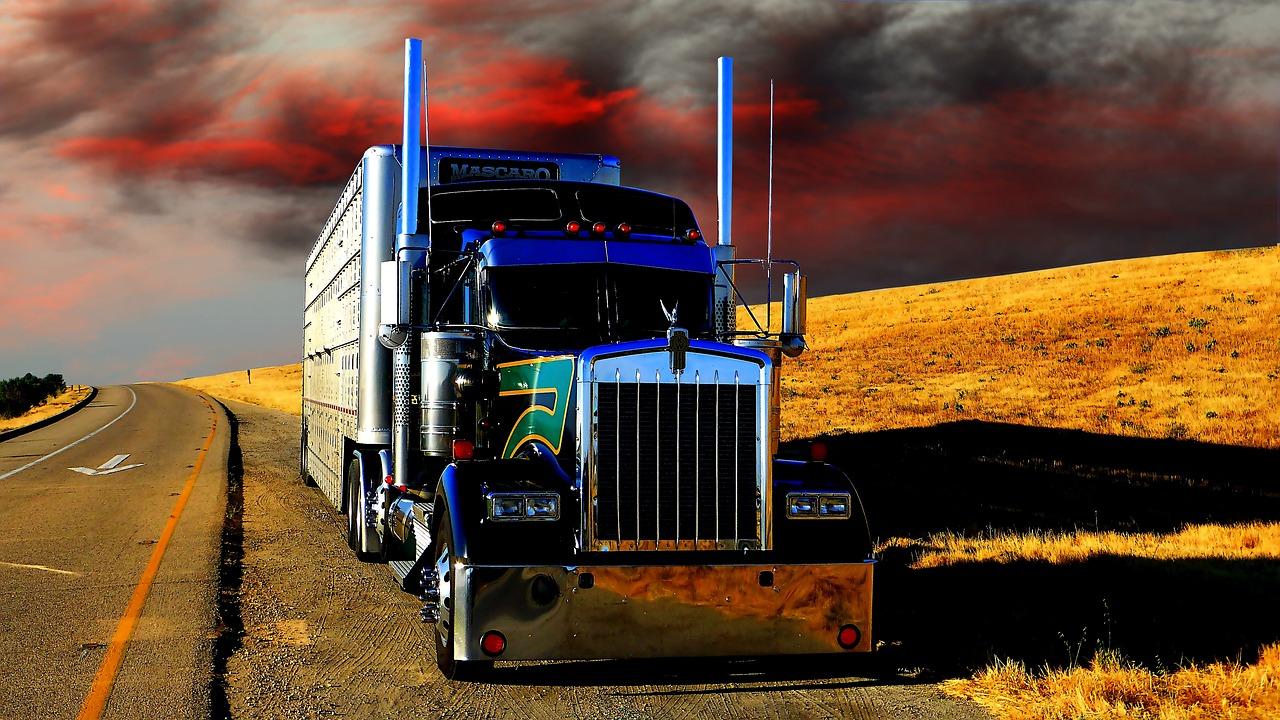Consumer IoT has gotten pretty good at helping people navigate the world. Web mapping apps like Google Maps, Apple Maps, and Waze provide turn-by-turn directions for travelers. They reflect real-world traffic conditions and rudimentary route planning, too. These systems do two things to bring this functionality to consumers: They collect geospatial data and they display that data to the user dynamically. There’s the analytics back-end and the user interface.
Both are crucial, but it’s at the user interface—particularly the visual depictions of geospatial data—that information becomes actionable insight for consumer IoT.
Of course, logistics providers need a lot more insight than your average commuter. Navigation apps can’t track multiple vehicles; optimize complex delivery routes; or consider variables like theft risk, weather, or civic events.
To optimize your supply chain, you need robust data processing that goes far beyond a consumer navigation app. But the principles remain the same: You need to know what’s going on, and you need that information in real time through real time visualization for logistics.
This involves using raw data from GPS sensors to map points of interest like depots, terminals, and customer places with geofences; and identify new points of interest where applicable. You then want to allow an automatic analysis of events and geofences, providing users with interactive dashboards to understand the data at first glance and interpret events easily.
In other words, you need real-time intelligence you can understand at a glance. Here’s how visualizations of real-time data can help optimize your supply chain.
How Data Visualization Improves Decision-Making in Logistics
Binary code and an organized graph may both contain the same data. But they do not necessarily appeal to the same people in an organization.
Visual presentation turns your data into a story, and you can use that story to make better choices about how to run your supply chain. Here are just a few examples of how geospatial graphs and maps support quick decision-making in a fluid logistics environment:
- Understand what’s happening in your operation. Look for an IoT logistics platform that instantly renders tables and graphs based on collected data. That allows you to instantly understand key metrics, like how long your assets sit idle within depots.
- Pinpoint where anomalies occur. Maps can do much more than navigation. To extend our previous example, robust visualization can display, on a map, depots with the longest processing times—revealing where assets are most likely to get held up.
- See how conditions on the ground change in time to reroute your shipments. Has the threat risk along a route recently spiked? Is a demonstration marching down your trucking route? Is a subcontractor about to bypass a paid toll road? The answers to all these questions can appear as layers on your map in real-time, so you can respond in time to make a difference.
That last point relies on dynamic visualizations that update in real time, of course. In the logistics industry, things are always changing. Your IoT intelligence platform needs to keep up through real time visualization for logistics.
Luckily, there is a way to update visualizations with real-time IoT data.
Achieving Real-Time Visibility in Logistics IoT
Many logistics IoT systems only send data every once in a while. Location updates and condition monitoring data may arrive hours late. They may even show up out of order, leading to lots of confusion on the decision-making side of your operation.
The solution is to build an intelligence platform that supports streaming data as well as batch updates. Streaming data updates your visualizations in real time, so you can see how things are changing immediately—and, with robust graphing and mapping capabilities, understand that information easily.
To maximize the value of your data, it’s also crucial that your system integrates many sources of data before it reaches your map, graph, or table. This data integration is the key to a multi-layer map that can tell you the current conditions around your routes (and more).
So how do you get up-to-date visualizations with pre-integrated data? It starts with an engine that supports streaming and batch updates, while processing data along the way, ideally with advanced machine-learning algorithms.
A tool like that doesn’t just capture the data you need to optimize your supply chain processes. It doesn’t just process that data into actionable intelligence. Real time visualization for logistics also presents that intelligence in an intuitive and dynamic form: A map or a graph. In other words, a powerful visualization.
Link: https://www.iotforall.com/the-power-of-real-time-visualization-for-logistics-iot?utm_source=pocket_saves
Source: https://www.iotforall.com
















Leave a Reply